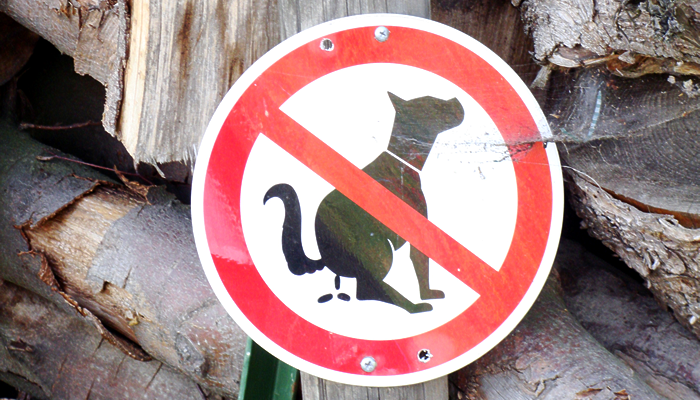Caution: This discussion may be a bit graphic for some.
Pet food manufacturers spend a lot of their research dollars making sure that dogs and cats have “good” stools after eating their pet food. Certainly, most pet owners examine their pets’ output and use that as surrogate for health. Innumerable times before my retirement, clients would tell me “I know it sounds a little strange, doc, but I check my dog’s poop every day.” It never sounded strange to me when I was in private practice – I did it too!
Now that I’m retired, one thing I do is volunteer for a local pet rescue. One of my recent duties, was to clean up the “dooties” (a daily job, just as it is at my house). Recently, while performing my task, I noticed just how different the dog stool at the rescue looked compared to that of my own dogs. Now, the stool of the rescue dogs was formed, but the consistency wasn’t like “normal.” However, this stool would pass quality control checks according to pet food manufacturers for odor and firmness – and the stool was indeed firm (it was easy to pick up) and not very odiferous. But it didn’t feel right.
Here are some healthy “quality control” guidelines that apply to feces of most species that consume meat – dogs, cats, and yes even humans. You know you look – we all do!
Color: Fresh feces should be brown – a dark, chocolatey brown. (Sorry for the food reference, but that’s really the best comparison.) Red stool either means the presence of blood or recent consumption of beets. Black stool means digested blood. The difference between red and black is where in the intestinal tract the blood originated. Yellow feces are not normal either. However, many corn-based pet foods produce yellow stool. Some foods contain dyes. These dyes may produce at red-colored kibble; turning the stool an orangey-pinkish color. Occasionally, animals that eat a lot of bone will result in white feces. (Dogs who eat a lot of facial tissue may also have a white fecal segment.)
Consistency: feces should be firm but not hard. Each piece should compress easily when squeezed. Feces should not crumble and fall apart, nor should it feel like sand. Fecal matter should be smooth. Unfortunately another food reference – a chocolate mousse-like consistency. Overall, feces should be a little bit more solid than mousse. When feces feel “sandy” that caused by the presence of undigested filler in the pet food, like corn and other plant by-products. Soft or mucusy poop means there is inflammation in the last section of the intestinal tract, the large intestine. A mucus coating on the outside of stool is not normal. A pudding-like consistency is not normal either. Usually stools like the last two examples smell bad and indicate bacterial overgrowth, or the presence of intestinal parasites, like giardia; a holistic veterinarian can help treat these conditions.
Quantity: believe it or not a dog or cat should only poop one or two times a day (just like us). Animals on a raw diet sometimes only use the restroom every other day. Ideally, the size of the stool should be significantly smaller than the quantity of food in the dish. When the output is smaller than the input, the dog or cat has extracted more nutrients from the food than when the output is the same size as the input. If a 10 pound dog produces a 2 foot long stool, it’s because that dog was less able to extract the necessary nutrition from the pet food; there is a lot of filler in some of these foods.
Smell: luckily, there’s no reference for this no food reference for this! Poop should smell like poop. It should not stink to high heaven, nor should it have a medicinal smell. It should not smell like diesel fuel, nor should it have a sickly sweet smell. That sweet smell is often related to infection. Smelling more than it should smell can also indicate infection/bacterial overgrowth. A diesel fuel smell may be related to the presence of endotoxins in the food (I haven’t quite determined the source of that smell yet but I know it’s wrong when I smell it).
A good looking deposit should be brown, firm, smooth and have a normal odor of feces. Consistency or texture should be the same throughout, and it should be easy to pick up.
The last thing I want to do is give the impression that rescues are doing a bad thing by feeding the foods that may create the abnormal feces described here (especially the yellow or multi-colored sandy stool); rescues do fantastic work and operate within their budgetary constraints. The point of our discussion is to provide some clues as to what different sights and smells can indicate, and, perhaps, some dietary changes that may be able to help correct imperfect stool. Rescue dogs will be adopted and go to a new home where, hopefully, they will experience upgrades in their diet.

